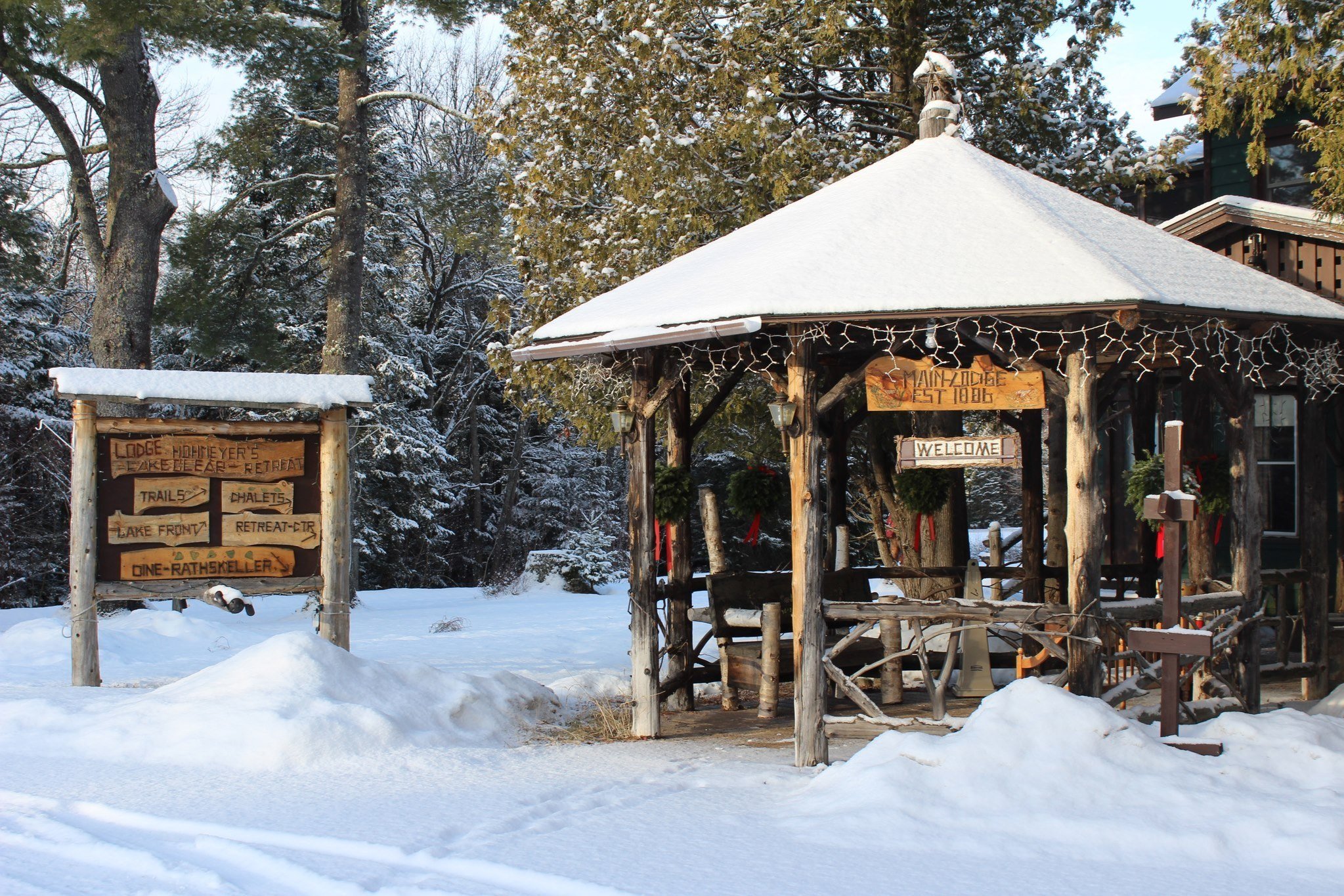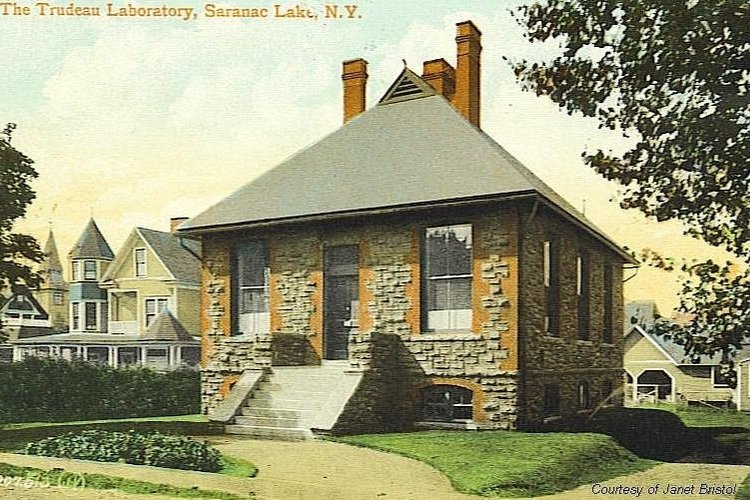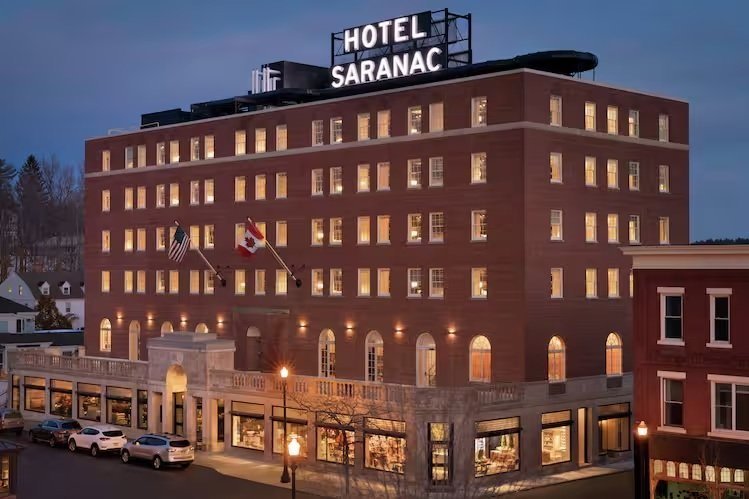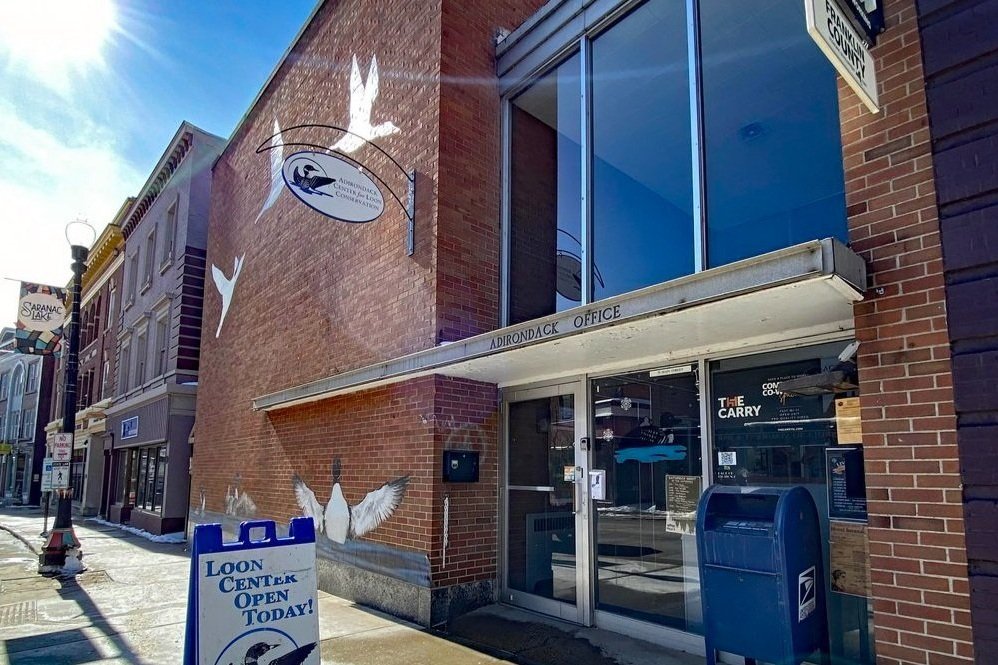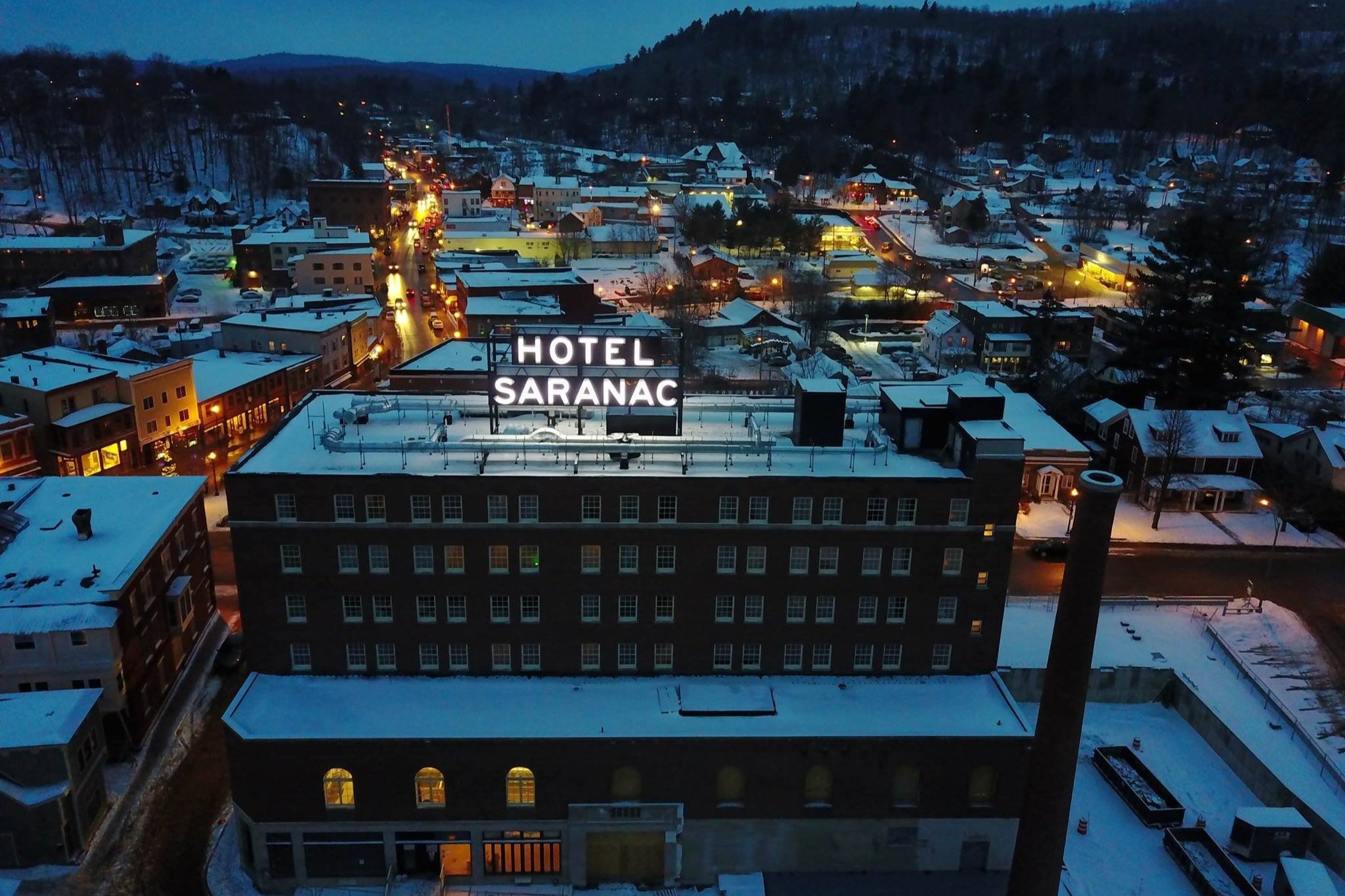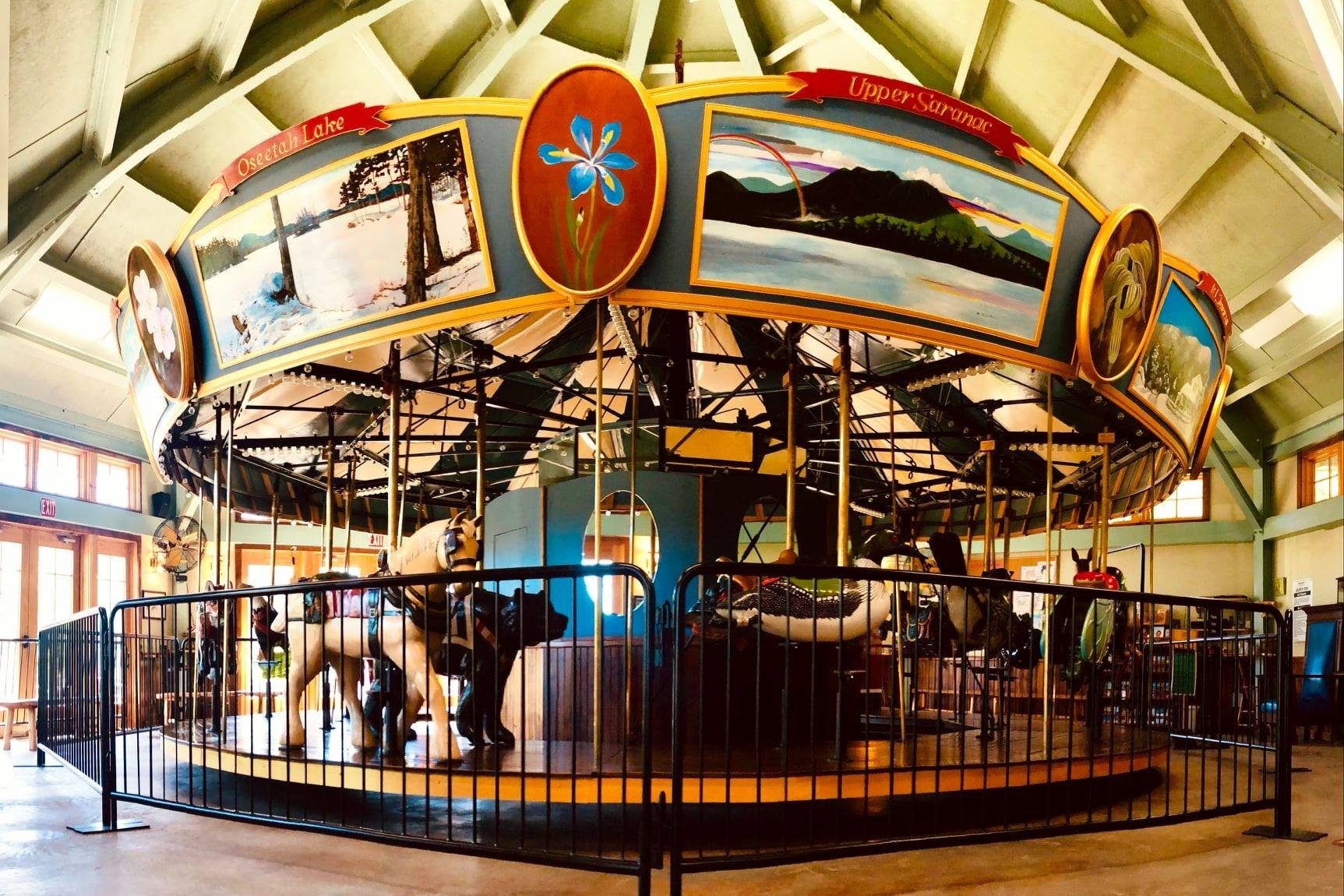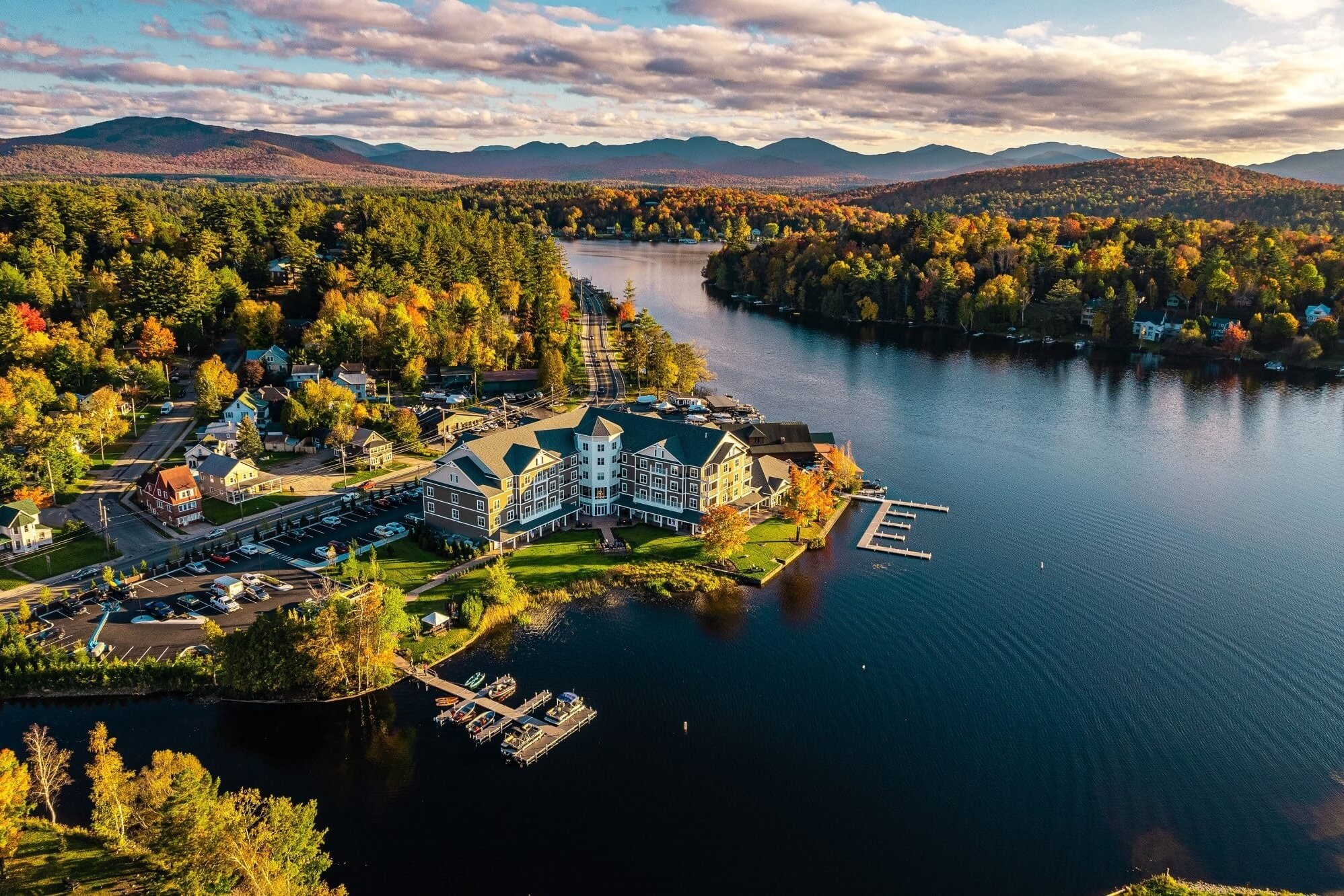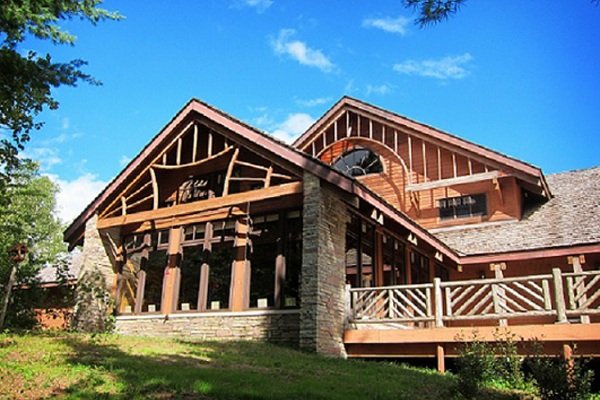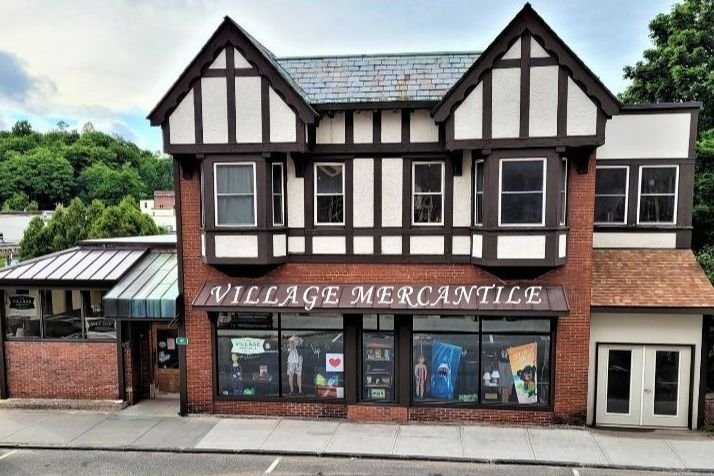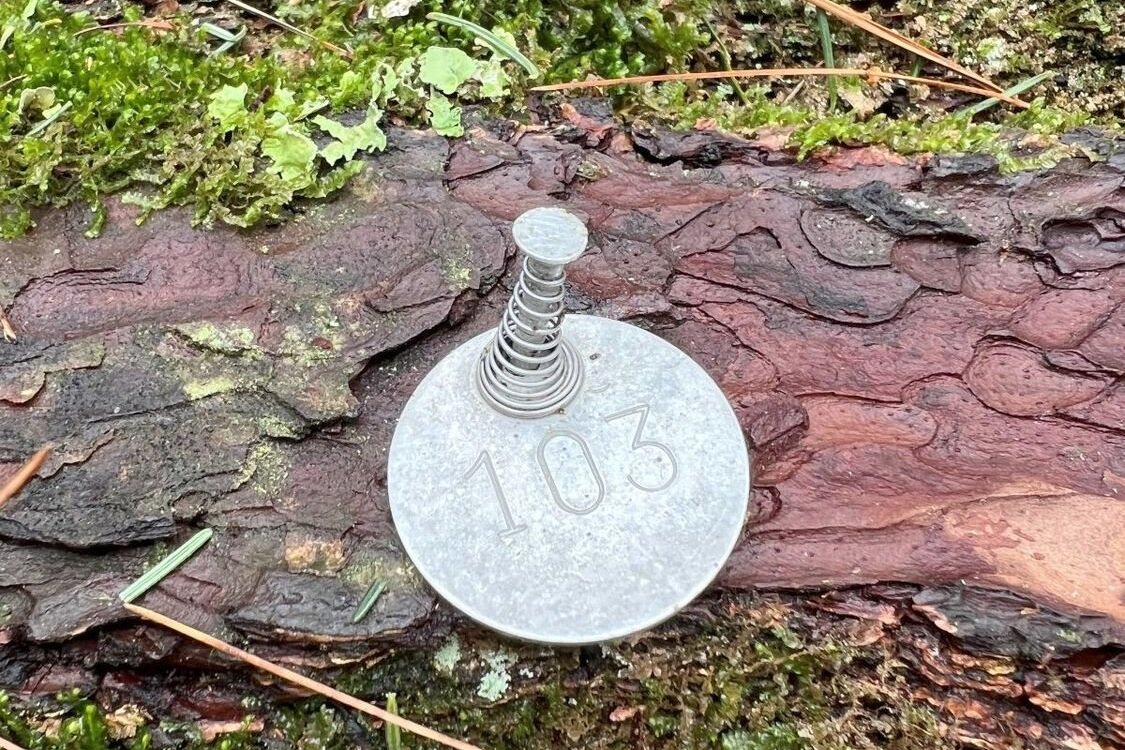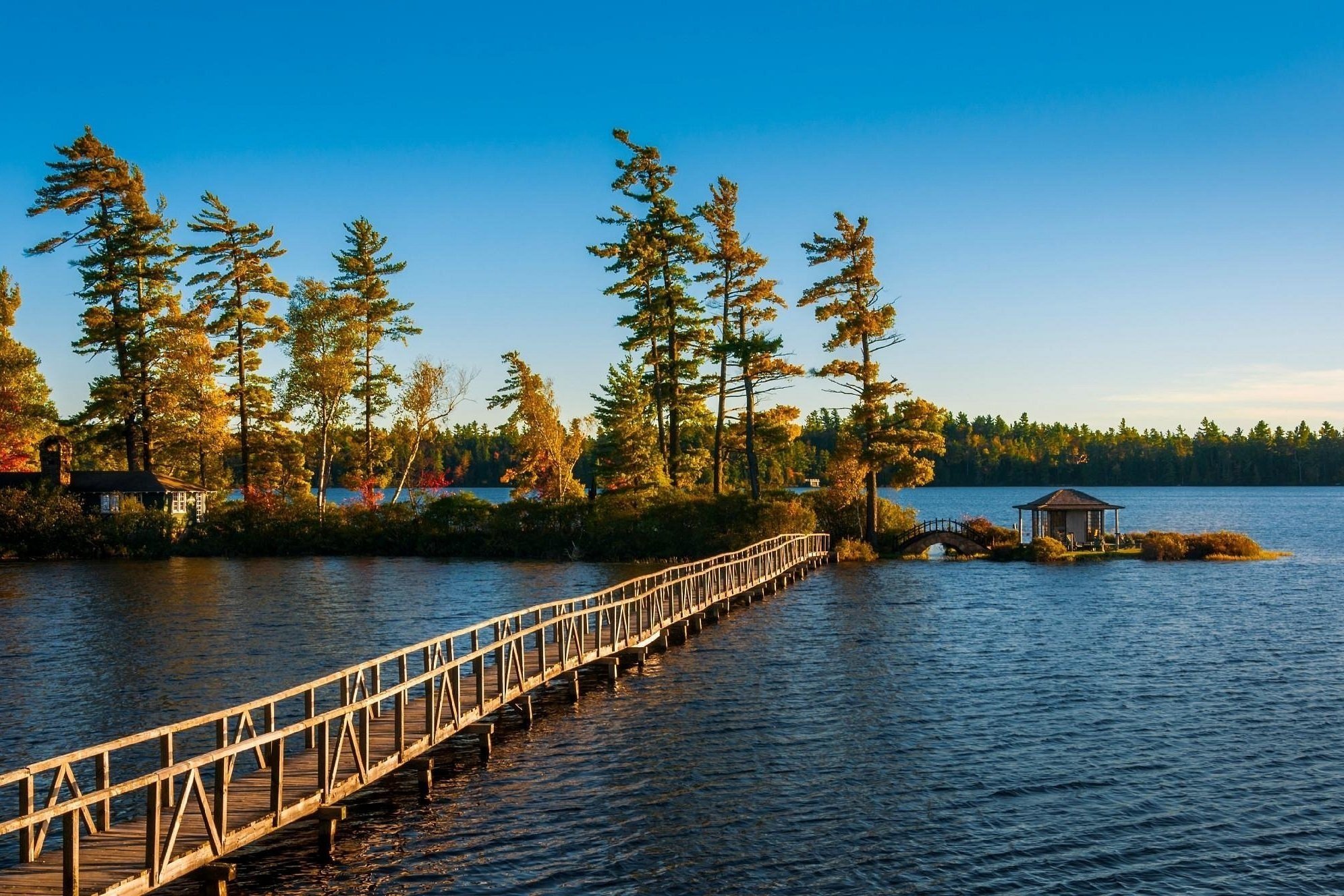The Pioneering Fight Against Tuberculosis in the Adirondacks
Explore the Saranac Laboratory Museum and its significant impact on finding a worldwide cure for TB.
Saranac Lake Laboratory Museum (Photos courtesy Historic Saranac Lake unless otherwise noted).
Amazing wonders fill the Adirondacks: hikes up majestic mountains to incredible panoramic views, thousands of miles of paddling on pristine lakes and rivers, charming towns with boutiques and galleries featuring talented local artisans, institutions devoted to extolling the Adirondack’s natural charms and indelible history, and fantastic local cuisine, distilleries and breweries.
It’s also full of what we call “pocket museums”: places where interesting aspects of the Adirondacks' history and culture get the recognition and attention they deserve. A few examples are the North Star Underground Railroad Museum near Ausable Chasm, the North Creek Depot Museum, Grant Cottage just south of Glens Falls, and the John Brown Farm State Historic Site in Lake Placid.
A visit to one of these pocket places may take less than an hour (but you could definitely spend more time), and one walks away not only with a better appreciation of the Adirondacks but also the region’s significant and unique contributions to American history and culture.
The Saranac Laboratory Museum: Not your typical Adirondack destination.
One of the most engaging examples of these small but mighty institutions is the Saranac Laboratory Museum in Saranac Lake. It stands as a testament to the region's unique role in the battle against one of history's most dreaded diseases: tuberculosis (TB), sometimes called “consumption” or the “white plague” due to the paleness of its victims.
Inside the Laboratory Museum in Saranac Lake.
On a recent ADK Taste scouting trip to the Tri-Lakes and High Peaks region, I brought along my bestie, who was visiting from the New York Metro region. After a delicious lunch at Bitters and Bones in Saranac Lake, I announced our next stop would be the Saranac Laboratory Museum to learn more about the courageous battle against TB in the Adirondacks. I have to admit, her reaction was not exactly enthusiastic, but being a perennially good sport with a history of “going with it” on a variety of my schemes over the past several decades, she consented to a visit.
A brief history of tuberculosis.
The oldest definitive case of TB dates back about 17,000 years and was found in the remains of a bison. These remains were discovered in present-day Wyoming, specifically around Natural Trap Cave in the Bighorn Mountains. This discovery is considered to be one of the oldest known cases of TB in animals, providing evidence that tuberculosis predated human cases by several millennia and was likely transmitted to humans later on.
Photo: Getty Images
According to the World Health Organization estimates, by the time humankind reached the 19th Century, tuberculosis had killed one in seven of all people that had ever lived. Think about that for a second.
By the 1800s, TB was rampant in congested cities across the globe. According to Harvard University, by the late 19th century, 70 to 90% of the urban populations of Europe and North America were infected with tuberculosis, and about 80% of those individuals who developed active tuberculosis died of it.
Known as "consumption" due to how the disease seemed to destroy the body, TB was a highly contagious bacterial infection that primarily affected the lungs. In the absence of effective antibiotics, treatment options were limited. The disease did not discriminate, affecting both the rich and the poor, although the latter were often more vulnerable due to crowded living conditions, inadequate nutrition and inadequate hygiene.
Dr. Trudeau and tuberculosis.
In the early 1870s, New York City-based Dr. Edward Livingston Trudeau was diagnosed with TB. His struggle with the disease motivated him to seek a deeper understanding of its causes and possible treatments.
Following the prevailing medical advice of the time, his doctors and friends encouraged him to seek out a location with plenty of fresh air, as this was believed to improve the health of TB patients.
Dr. Trudeau moved to the Adirondack Mountains, initially staying at Paul Smith's Hotel and spending as much time as possible outdoors.
In 1876, after experiencing a remarkable improvement in his health while convalescing in the Adirondacks' fresh air, Trudeau moved his family to Saranac Lake and established a medical practice among the region's sportsmen, guides and lumber camps.
Curing a global pandemic in the Adirondacks.
In 1882, Dr. Trudeau read about Prussian doctor Hermann Brehmer's success in treating tuberculosis with the "rest cure" in cold, clear mountain air. This inspired Trudeau to establish the Adirondack Cottage Sanitorium with the support of several wealthy businesspeople he had met at Paul Smiths.
Saranac Lake became a beacon of hope for those suffering from TB, drawing patients from across the country and the world to the Adirondacks in search of a cure.
Fresh air was essential to treating TB in the 19th and early 20th Centuries.
Dr. Trudeau's vision also led to the creation of the first laboratory in the United States dedicated to studying tuberculosis, the Saranac Laboratory. Saranac Lake quickly became a premier destination for "health-seekers" for treatment of TB and other ailments.
The Saranac Laboratory became a hub of scientific discovery. Dr. Trudeau and his colleagues conducted groundbreaking research that contributed to a better understanding of tuberculosis. Their work included the development of the "open-air" treatment method, which emphasized rest, good nutrition, and exposure to fresh air—practices that became standard in TB treatment worldwide.
One of the Saranac Laboratory's most significant achievements was its role in the early development of the tuberculin skin test, which remains a critical tool in diagnosing TB today. The research conducted in Saranac Lake also contributed to the eventual development of antibiotics, which would revolutionize the treatment of tuberculosis by the mid-20th century.
As the 20th century progressed, the introduction of antibiotics, like streptomycin in the 1940s, began to turn the tide against tuberculosis. Thanks to Dr. Trudeau’s and other scientists’ innovations, the once-deadly disease became increasingly treatable.
Our visit to The Saranac Laboratory Museum.
Today, anyone can visit Trudeau’s Laboratory, where his significant scientific breakthroughs took place. It’s housed in a distinctive brick building in the heart of Saranac Lake.
Architect James Lawrence Aspinwall (cousin to Dr. Trudeau and a renowned New York City architect — he contributed to the design of St. Patrick’s Cathedral in NYC) conceived the laboratory with practical considerations in mind.
For example, his plans specified a robust brick to support the lab’s mission as a research space and minimize contamination risks, as TB was highly contagious. Also, Trudeau’s first laboratory burned to the ground, and his early research papers were lost to fire. Aspinwall chose brick intentionally as a safeguard against future fires.
A vintage image of Trudeau’s laboratory, newly designed by J. Lawrence Aspinwall.
The building’s architectural style is simple yet functional, reflecting the medical focus of the institution. It has a somewhat industrial appearance compared to other Adirondack structures.
Still, Aspinwall’s designs included elements like large windows to let in ample natural light, which Trudeau believed to have therapeutic benefits for tuberculosis patients and researchers working in the lab. Aspinwall also lined the walls with white tile that helped reflect the light. We thought the overall effect was actually very attractive.
Inside the Laboratory Museum, we explored exhibits showcasing the history of medical research to fight and overcome this dreaded global scourge. We got a glimpse into the lives of the thousands who sought healing from TB in this small Adirondack town. We saw original laboratory equipment, patient records, and photographs that provided a window into the past.
I’ve always known a bit about Saranac Lake’s history as a destination for people suffering from tuberculosis, but not the extent to which Dr. Trudeau’s institutions transformed the town, let alone the world. We found the museum’s broader exploration of Saranac Lake's history, showcasing the lives of the patients who flocked to the town searching for a cure, fascinating.
Original lab artifacts.
Through its exhibits, including several informative videos, the Saranac Laboratory Museum tells the story of a community that played a crucial role in the global fight against a deadly disease and honors the legacy of those who dedicated their lives to finding a cure.
The Saranac Laboratory Museum is more than just a historical site; it symbolizes hope and resilience. It reminds us of tuberculosis's impact on generations of Americans and the strides made in medical science to combat the disease.
During our visit, we spent approximately 45 minutes at the museum (including a stop in the compact but respectable gift shop—and we are gift shop connoisseurs), but we could understand why someone might choose to stay longer.
We appreciated the opportunity to connect with a pivotal chapter in public health history and learn about the significant progress made in the Adirondacks in fighting one of humanity's oldest enemies.
The bottom line is that if you’re in the Saranac Lake area, the Laboratory Museum should be on your must-do list.












